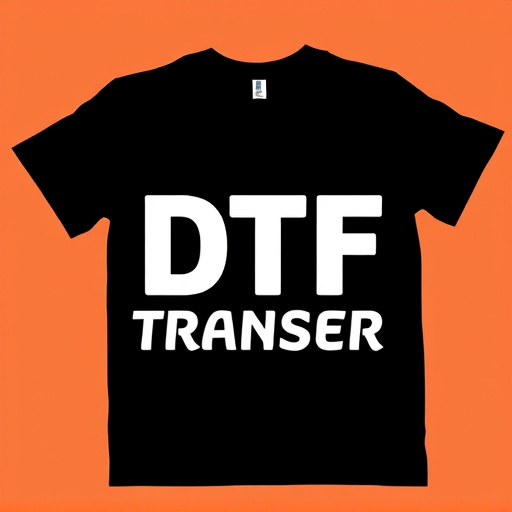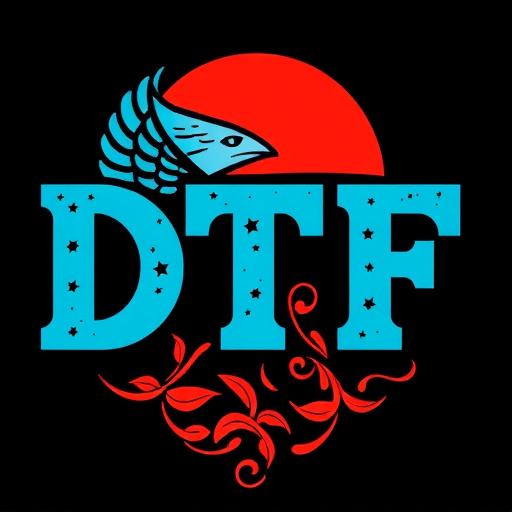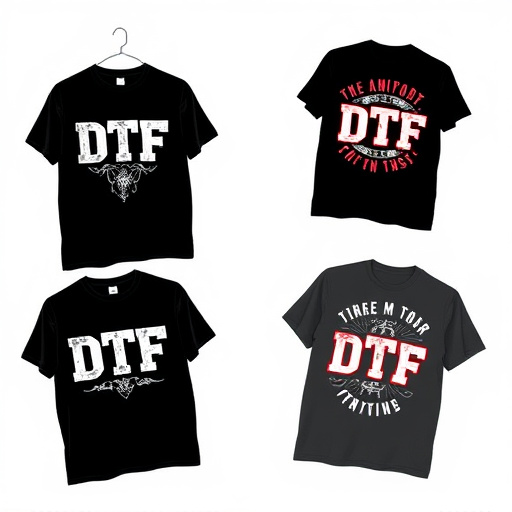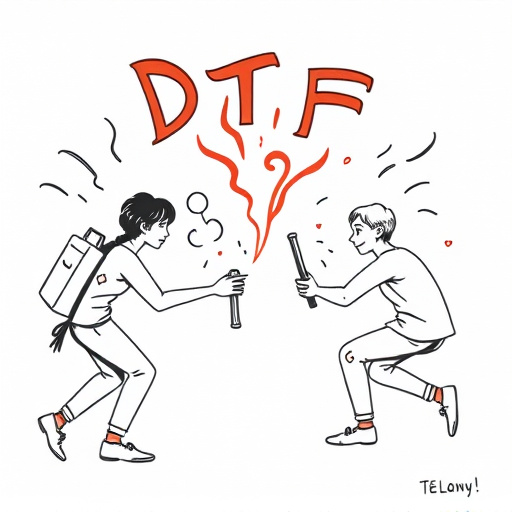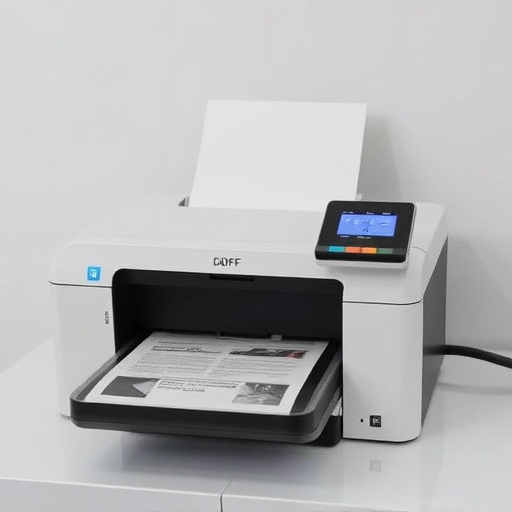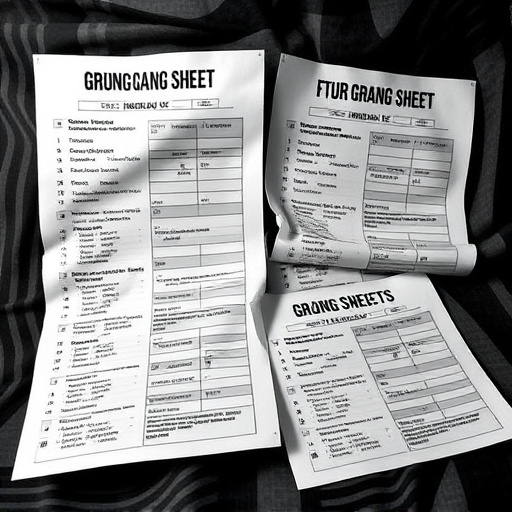Custom DTF Transfers enhance customer loyalty by offering businesses a dynamic way to personalize interactions through on-demand, high-quality prints tailored to individual customers. Effective implementation requires strategic design optimization and efficient production workflows. Success is measured using key metrics like retention rates, purchase frequency, and average order value, demonstrating the impact of this unique offering and fostering stronger brand loyalty.
In today’s competitive market, fostering customer loyalty is paramount. Custom DTF (Dynamic Tiered Frequency) transfers offer a powerful strategy to achieve this. This article explores how businesses can leverage custom DTF transfers to enhance loyalty programs and drive long-term customer engagement. We’ll delve into understanding these transfers, implementing effective systems, and measuring success through key loyalty metrics. By harnessing the potential of custom DTF transfers, companies can revolutionize their customer retention strategies.
- Understanding Custom DTF Transfers for Loyalty Programs
- Strategies to Implement Effective DTF Transfer Systems
- Measuring Success: Tracking Customer Loyalty Metrics
Understanding Custom DTF Transfers for Loyalty Programs

Custom DTF Transfers are a powerful tool for fostering customer loyalty within loyalty programs. These transfers, enabled by innovative dtf printing technology, offer businesses a unique way to personalize interactions with their customers. By integrating DTF printers into their systems, companies can create tailored, high-quality prints on demand, enhancing the overall customer experience. This level of customization allows businesses to build stronger connections with their clientele, making each interaction memorable and valuable.
In today’s competitive market, where consumer loyalty is paramount, Custom DTF Transfers provide a competitive edge. They enable businesses to offer exclusive perks, rewards, or personalized messages that resonate with individual customers. Whether it’s a special discount code printed on a business card or a unique gift with a personal touch, these transfers ensure that each customer feels valued and appreciated, fostering a sense of loyalty and encouraging repeat business.
Strategies to Implement Effective DTF Transfer Systems

Implementing effective DTF (Direct to Fabric) transfer systems requires a strategic approach tailored to your brand and customer base. Start by optimizing your design process using software that facilitates precise DTF prints, ensuring vibrant colors and crisp details on various fabric types. This precision is key in delivering high-quality products that meet customer expectations.
Next, focus on efficient production workflows. Invest in reliable DTF printing equipment capable of handling both bulk DFT shirt production and smaller batches with equal excellence. Streamline your inventory management to avoid delays and ensure a consistent supply of materials. Additionally, consider automated cutting and pressing systems to accelerate turnaround times, fostering customer satisfaction and encouraging repeat business through timely delivery of custom apparel items.
Measuring Success: Tracking Customer Loyalty Metrics
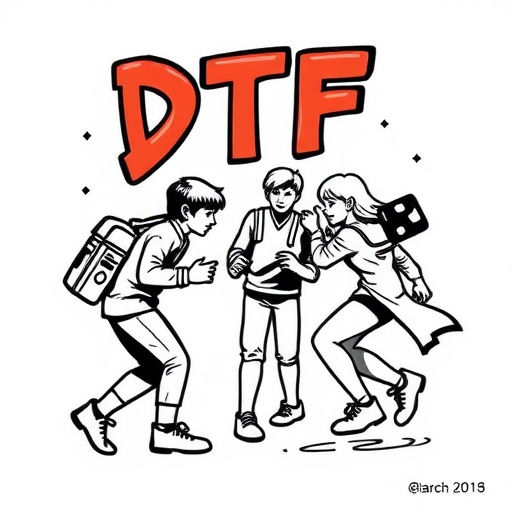
Measuring success is an integral part of any customer loyalty strategy, and when it comes to Custom DTF Transfers, tracking key metrics will help businesses understand the impact of this unique offering. By implementing a robust system to monitor customer engagement and satisfaction, companies can gauge the effectiveness of their custom t-shirt design process using dtf transfer sheets.
Loyalty is built on repeat business, so keeping an eye on metrics like customer retention rates, purchase frequency, and average order value will reveal valuable insights. For instance, a rise in repeat purchases after introducing DTF transfers suggests that customers are appreciative of the personalized experience and the quality of the final product, leading to stronger brand loyalty.
Custom DTF Transfers offer a powerful tool for businesses to foster customer loyalty. By implementing strategic systems and tracking key metrics, companies can create a rewarding experience that encourages repeat business. Understanding these transfers’ potential and leveraging them effectively is a game-changer in building strong, lasting customer relationships.
